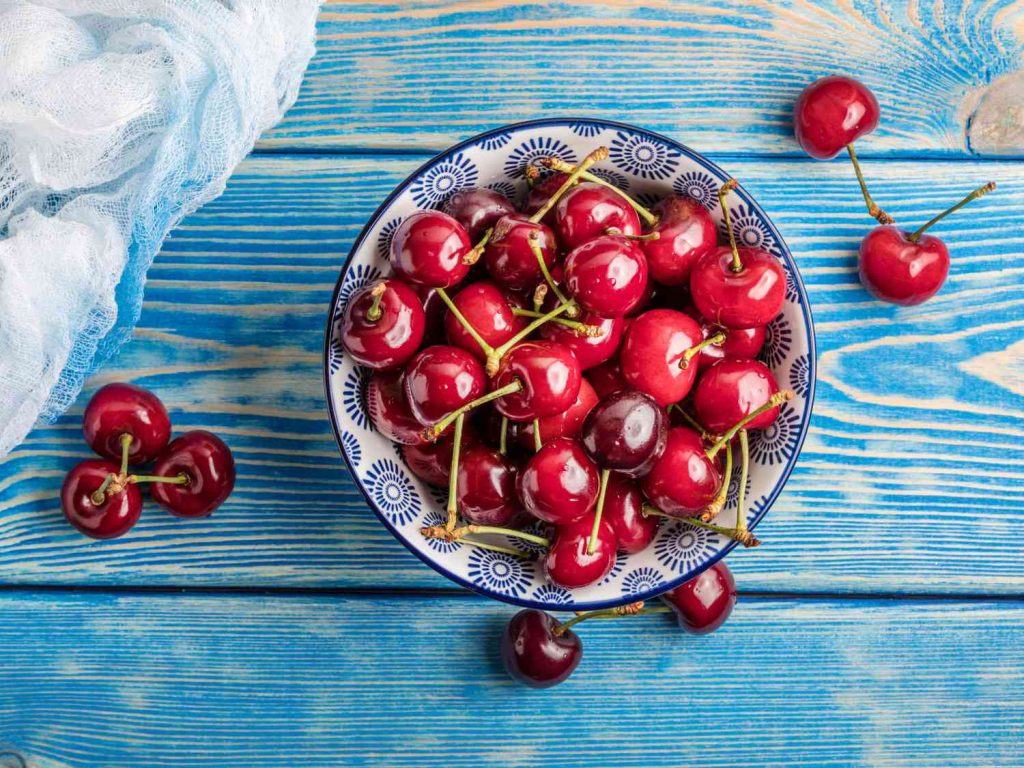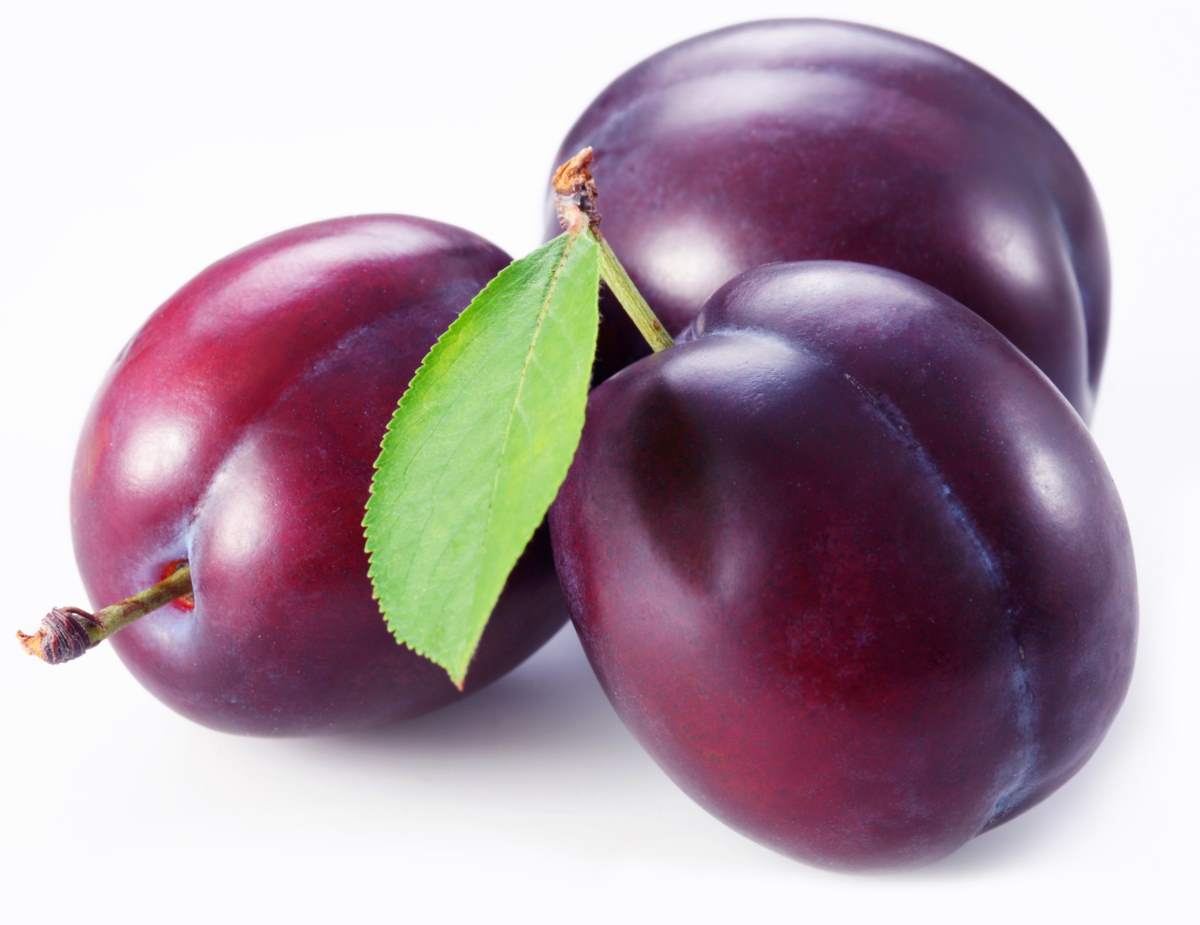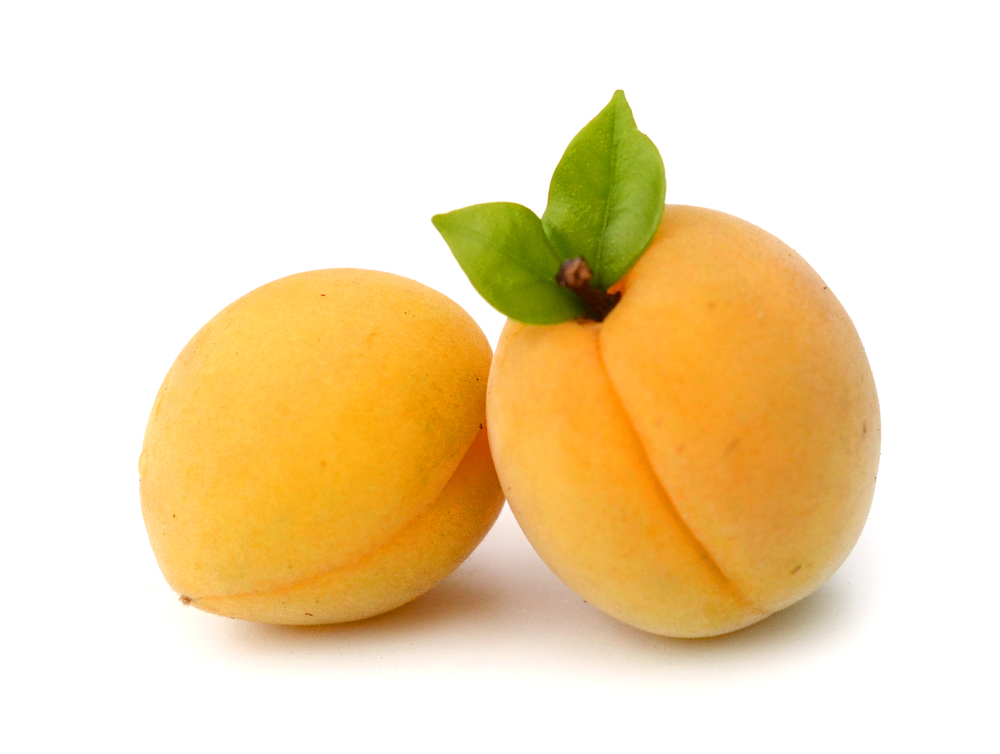Cherries (Prunus avium, Prunus cerasus): Fruit Characteristics, Main Types, Nutrition, and Distribution
Cherries are scientifically classified as Prunus avium for sweet cherries and Prunus cerasus for sour cherries. Both types belong to the Rosaceae family under the Amygdaloideae subfamily within the Prunus genus. They are significant stone fruits.
Fruit Characteristics
Cherries produce drupes that can be round or heart-shaped, with sizes ranging from 1 to 3 cm in diameter depending on the type and variety. The skin is smooth, with various colors when ripe, including red, dark red, purple, yellow, or even black. The flesh is soft and juicy; sweet cherries offer a sugary taste while sour cherries provide a tart flavor, often utilized in processing. A smooth, round pit resides at the center of each fruit.

Main Types (Common Varieties)
Sweet Cherry (Prunus avium): Primarily eaten fresh, with numerous varieties such as:
- Bing: Dark red, with large, firm fruits that are highly sweet.
- Rainier: Yellow with a reddish blush; large fruits that are sweet and juicy.
- Brooks: Early-ripening; red-colored, large fruits with firm texture.
- Lapins: Self-pollinating; dark red, yielding high quantities of firm fruits.
Sour Cherry (Prunus cerasus): Mostly processed into juice, jam, canned goods, or baking products; notable varieties include:
- Montmorency: Bright red, with strong acidity; the predominant sour cherry variety.
- North Star: Self-pollinating; moderate acidity, making it ideal for home gardens.
Nutritional Value and Potential Benefits
Cherries pack a nutritional punch. They are rich in carbohydrates, dietary fiber, vitamins such as C and A, and minerals such as potassium. They also boast high levels of antioxidants such as anthocyanins, which are particularly abundant in darker varieties. These antioxidants offer health benefits like anti-inflammatory properties, cancer prevention, and promoting cardiovascular health.
Distribution and Cultivation
Originating from western Asia and Europe, sweet cherries thrive best under temperate climates needing cool, dry springs and warm summers, while sour cherries exhibit better cold resistance. Leading producers include Turkey, the USA, Iran, and China. Cherries prefer well-drained, fertile soils under ample sunlight. They are propagated mainly by grafting methods.



